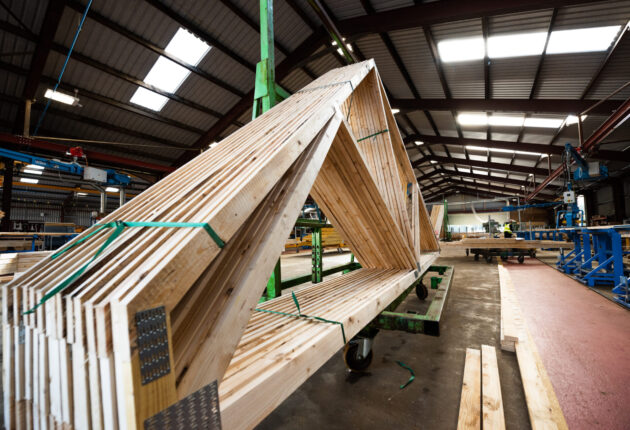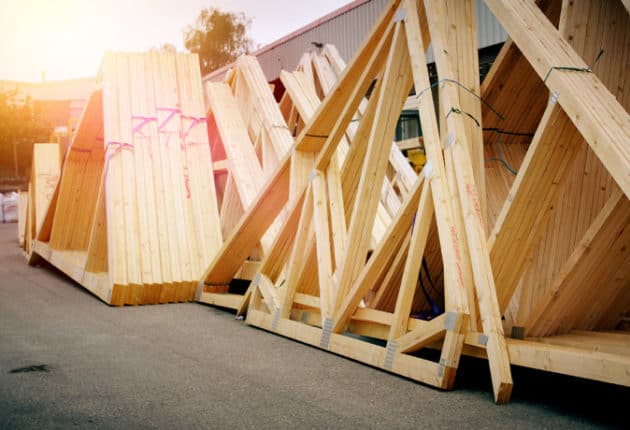When do the new part l building regulations start and what are they?

Part L of the Building Regulations, enacted by the UK government, is crucial in enhancing our buildings’ energy efficiency and sustainability. This set of rules, relevant to new and existing structures, lays out comprehensive guidelines concerning energy efficiency and CO2 reduction targets.
The newly revised Part L Building Regulations mainly signify significant progress in increasing energy efficiency standards.
Who Does Part L of Building Regulations Impact?
The revised Part L building regulations have implications for all stakeholders involved in the planning, constructing, and managing of buildings within the UK. This comprises architects, builders, contractors, building service engineers, and property managers. Moreover, homeowners contemplating renovations or modifications should also take note of these changes, as compliance with the revised regulations is mandatory.
Part L, often called ‘the Conservation of Fuel and Power,’ is organised into four segments: L1A and L1B cater to dwellings, while L2A and L2B address buildings other than dwellings. While L1A and L2A apply to new constructions, L1B and L2B are designated for existing buildings.
For those engaged in new constructions, understanding L1A and L2A is vital, as these sections dictate the minimum energy performance requirements for new buildings, thus influencing design decisions about building fabric, fixed building services, safety and lighting.
Meanwhile, for those working with existing buildings (including those considering extensions or modifications), familiarising yourself with L1B and L2B is crucial. These sections prescribe the standards for energy performance when executing works on existing structures.
The revised Part L building regulations were implemented officially on June 15, 2023, although they were announced a year prior on June 15, 2022. A grace period was provided until June 15, 2023, to accommodate buildings still in the planning phase. These changes form part of a broader initiative to lessen the environmental footprint of buildings and contribute to the UK’s pledge to achieve net-zero carbon emissions by 2050.
Professionals and homeowners alike should seek to understand the updated Part L building regulations thoroughly. Staying updated with these guidelines will ensure legal compliance while promoting environmental sustainability. For any uncertainties regarding these regulations, it is advised to consult an expert or refer to the most recent official publications.
What Part L of Building Regulations are Designed to Drive:
The benefits of the revised Part L Building Regulations can be summarised as follows:
Enhanced Energy Efficiency
The regulations aim to lower the energy demand of buildings by imposing higher standards for insulation, heating, lighting, and ventilation systems. As a result, the buildings will become more energy-efficient, decreasing utility costs over time. Furthermore, due to accredited construction details, There is an increased focus on ‘thermal bridging’.
Decreased CO2 Emissions
These regulations contribute significantly to the UK’s broader effort to combat climate change by reducing CO2 emissions substantially.
Long-term Economic Benefits
While implementing these regulations may involve upfront costs, the reduced energy consumption will lead to significant financial savings in the long run.
Contribution to a Sustainable Future
The revised Part L Building Regulations are a significant stride towards a more sustainable and resilient built environment, setting the path for a greener future by promoting renewable energy sources and energy-efficient technologies.
What Changes Do the New Regulations Bring?
The revised Part L regulations mark a substantial shift in the UK’s approach to sustainable construction, leading to several significant changes, including:
Updated Assessment Software – SAP 10
SAP has been updated to SAP 10 to include up-to-date carbon emission factors, allowing for a more accurate representation of climate change impacts.
Photographic Site Evidence Requirement
This is a new mandate to provide documented proof of compliance.
Proprietary PSI Values Requirement and Penalties for Using Generic PSI
This emphasises the importance of using specific data for thermal bridging calculations to ensure accurate results.
How Can Pasquill Help with Compliance?
Pasquill’s range of products and services are specifically designed to aid in compliance with the Part L regulations. We’re committed to incorporating these standards into our practices and are prepared to assist with the specific challenges posed by the new rules.
In conclusion, the revised Part L Building Regulations symbolise an exciting opportunity to adopt innovative and sustainable practices within the construction industry. While some challenges lie ahead, staying updated and prepared will ensure compliance and the opportunity to contribute to an environmentally sustainable future.
Please contact Pasquill for further information about how we can assist you with Part L compliance.
—
Disclaimer: While we strive to provide accurate information, the details of these regulations are subject to changes by the UK Government. Therefore, always refer to the latest official publications or consult with a qualified professional to ensure compliance with the Building Regulations.




